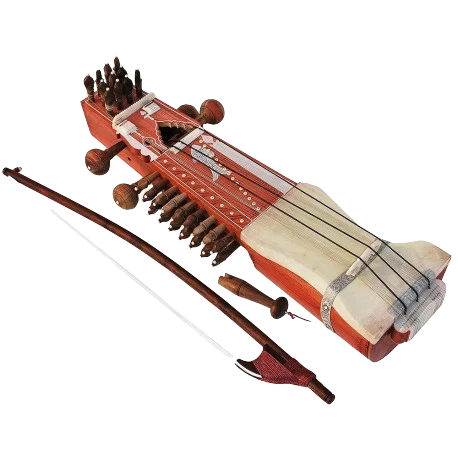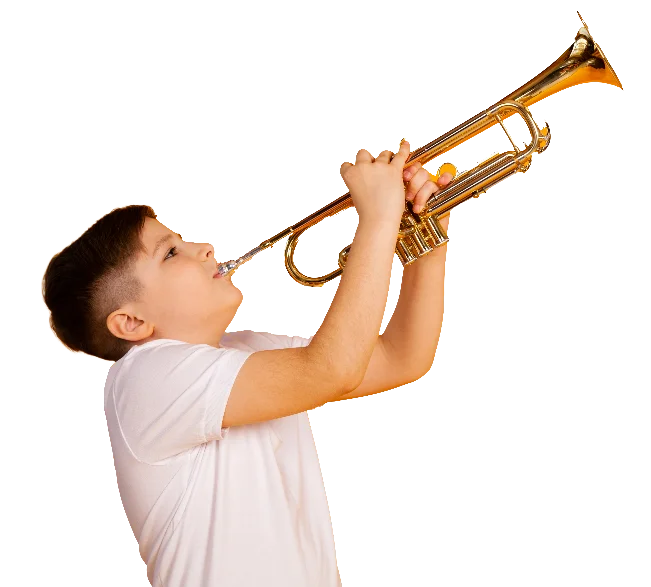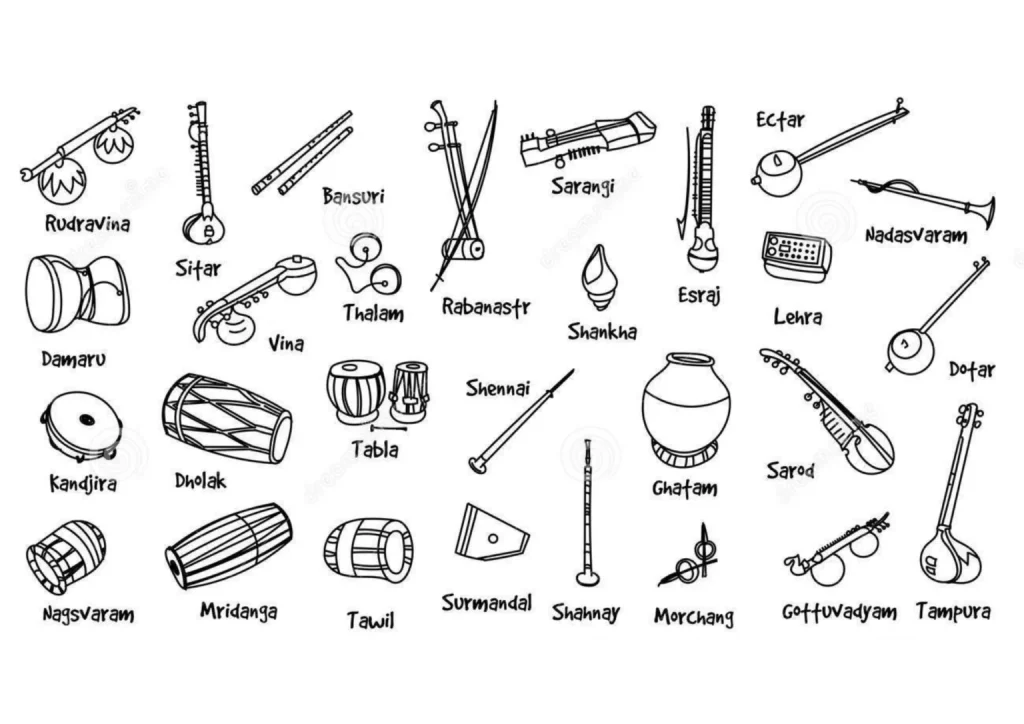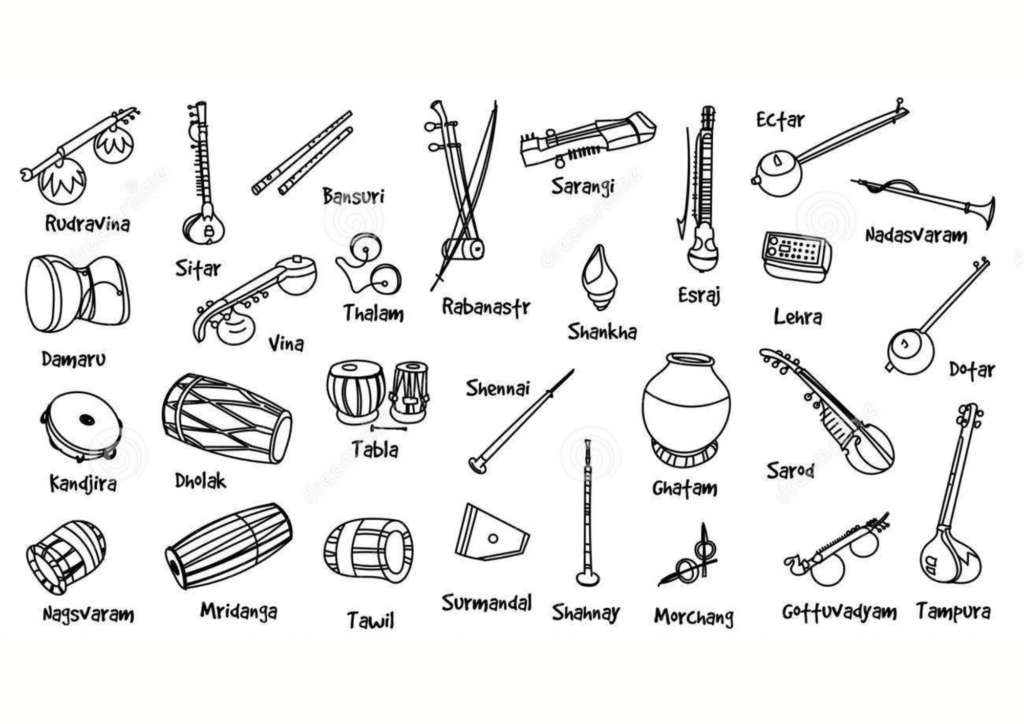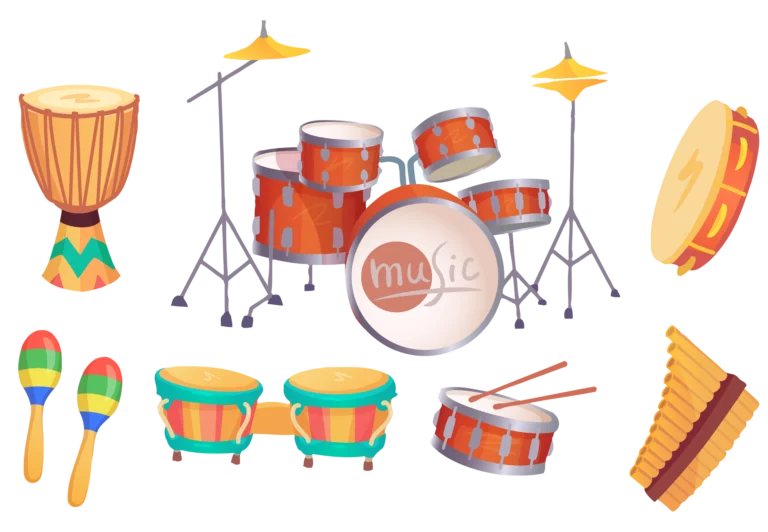Thousands of kids worldwide want to learn piano. In this article, we’re going to get a brief about learning piano. So, let’s move ahead.
A Piano is an acoustic instrument that comes under string-based musical instruments. The origin of piano setbacks in Italy. It is considered one of the most premier musical instruments due to its elegant looks and the classical play based on it.
A pianist playing classical tunes over an elegantly finished wooden piano never fails to fascinate us! But playing the piano is not that much easy as it looks. Playing music over piano is a very skilful task and needs a lot of learning as well as practice.
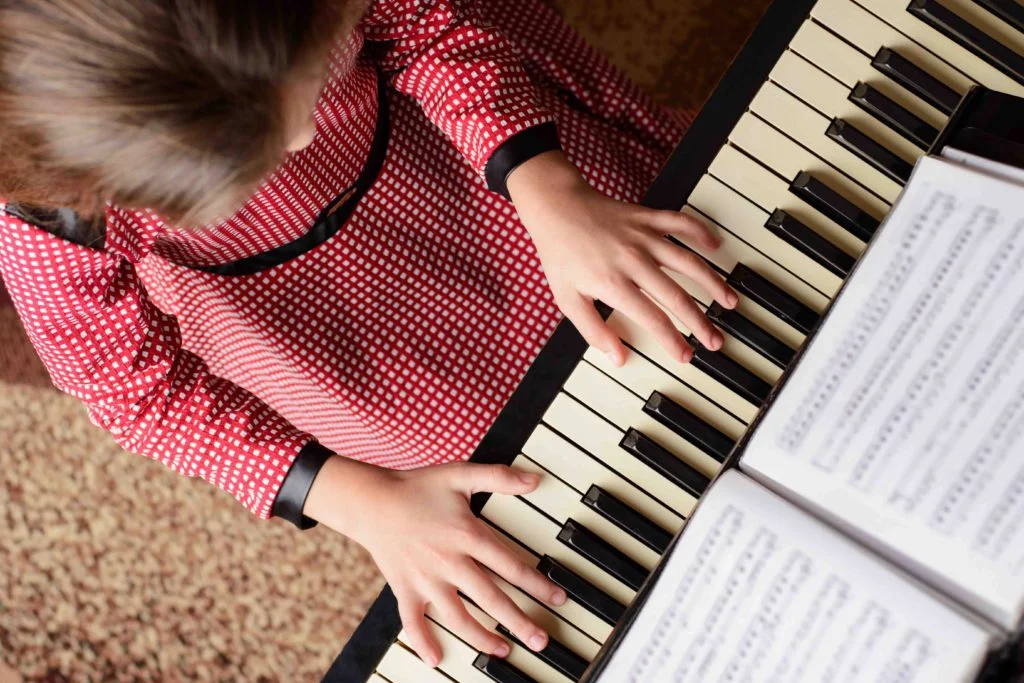
Key points to take care of to learn piano
Here we’ve listed few very important points which are to be considered to learn to play the piano. In short, the below listed key things that affect the whole process of learning piano.
Without any delay, let’s move forward and discuss the above-listed important points in learning piano, in brief.
1. Selection of the Best Piano
‘’ Choosing the right weapons is important to win the battle. ‘’ This proverb holds here also in case of learning piano. It’s very important to choose the piano which is most suitable for you, as it’s going to be your true companion in this whole journey of learning.
There are various types of pianos and keyboards available in the market. A few commonly used are:-
- Digital keyboard- These are the cheapest and most easily accessible ones. The main advantage of digital keyboards is that they are portable and don’t demand much maintenance.
- Digital pianos- These are those hybrid types that give you the feeling of playing a classical wooden piano as well and don’t even require that much physical maintenance and tuning.
- Acoustic pianos- These are authentic, original, and classical pianos with an elegant wooden finish and a fully physical tuning system. These pianos are the most expensive ones and also require extensive physical maintenance.
2. Choosing between various methods to learn Piano
- Choosing the most suitable learning method is very important, and it must be chosen based on Cost, Expertise, and Teaching approach. Among various kinds of methods available for learning piano, some are-
- Traditional method- It involves learning piano from an expert, in physical. As in-person learning is involved in this method, the teaching approach is the most adaptive one, but at the same time, this is one of the costliest methods to learn a piano.
- Video Learning- In terms of cost, video learning is the cheapest one, but as videos are one-way, it doesn’t involve adaptive teaching.
3. The correct physical state of the body to learn Piano
While playing the piano, your body posture needs to be correct, otherwise, it would spoil the perfect musical melody. The body posture should be as follows-
- Sit upright with your back and spine straight.
- Your shoulders should be relaxed.
- Let your elbows bent outwards.
- Your wrists should be relaxed and allow flexibility.
- Do not buckle your fingertips.
To summarise this key point, it would be so good to quote Mr. Tom Lehrer, in his words,
‘’Life is like a piano. What comes out depends upon how you play it’’.
4. Perfectly reading the voice notes
The music itself is a language. As said in an old proverb, ‘’A great musician communicates with his audience through his music’’. And therefore, music has its written form, that’s what we call musical notations. It’s very important to learn to read musical notations as it allows you to control your notes and tuning as scripted.
5. Sufficient and up to mark practice
‘’ Practice makes a man perfect’’ is a universal proverb, and it holds here too. The bridge between a rookie pianist and an expert pianist is formed by what we call the practice.
Practising daily will help you smooth your piano play and eventually, you’ll be playing classical musical melodies from the piano.
You must practice daily with all your dedication towards excelling in the piano play. Remove all the distractions, if any, and practice with the bottom of your heart.
As said by one of the greatest pianists, Ray Charles,
‘’The important thing is to feel your music, really feel and believe it’’
6. Appropriately using the piano pedals
Piano pedals are foot levers that affect the musical melody in several ways. Although, piano pedaling is an advanced technique, once you master the play between your fingertips and the piano keys, learning how to use the piano pedal will help you in giving a fine touch to your melodious piano play.
There are usually three types of pedals-
- Soft pedal
- Sostenuto pedal
- Sustain pedal
A few commonly used pedaling techniques are-
- Delayed pedalling
- Half pedalling
- Preliminary pedalling
- Simultaneous pedalling
The sustain pedal helps in unmasking the damping effects of strings and thus makes your music sound out louder.
The Soft pedal, as its name suggests, makes your musical notes a bit softer and the tone a bit dimmer.
You’ll learn more about pedalling and its effects in the advanced piano learning guide.
Summary
Piano learning is not a much difficult task. Once you start with complete dedication and will, all you need is proper, authentic, and efficient guidance to make you learn to play the harmonious, melodious tune out of the piano.
I hope, this article has made your piano play learning quite easier.
Wish you all the very best.
Share with your friends

